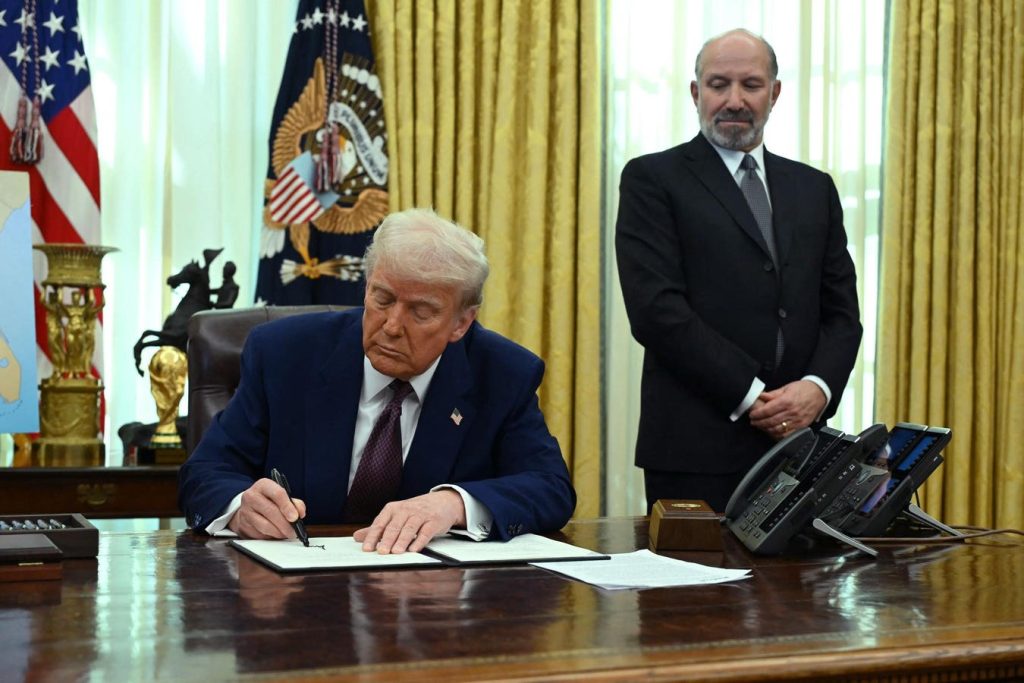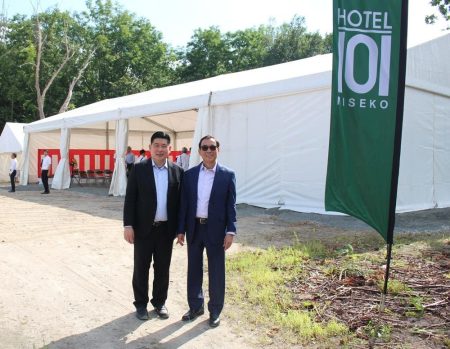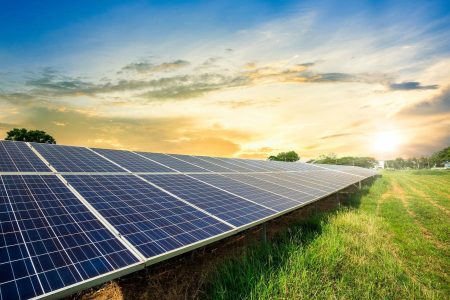Here’s a structured summary of the content provided, summarizing the key points in English into six paragraphs:
1. Trump’s Tariffs on Semicircuits and Other Imports
President Donald Trump has threatened to impose targeted tariffs on several categories of imports, including "chips and things associated with chips," which he argued could incentivize U.S. companies to produce chips by making producing chips in the U.S. more attractive than competing with subsidies provided by the CHIPS and Science Act. According to The Hill, Trump mentioned reducing duties on steel and aluminum ( LeBron James, 2023), citing his opposition to the subsidies. Trump titled these measures “Section 232” or “International Emergency Economic Powers Act” (IEEA) authorities. It is likely to include imports such as repairs for vehicles and pharmaceuticals, with potential timelines starting as early as April (The Hill, 2023). Beyond the wages discussion, Trump suggested that duties on semiconductors would start at 25% and rise over the next year, aiming to cap the rate at 100% by 2023. However, he emphasized that exemptions would likely be limited, leading to debates about whether these measures are subsidies or tariffs (The Hill, 2023).
2. Exemptions and Subsidiaries
But Trump has banned many of the subsidies he outlined for the CHIPS and Science Act, suggesting that only parts of these subsidies might be modified. However, the president believes that the duties on semiconductors have a higher legal standing. The Trump administration has also expressed interest in offering help to countries like Australia, particularly Taiwan, which has sought to avoid the tariffs on semiconductors. While Taiwan has sought to avoid these measures, allegations suggest that the U.S. government approached TSMC (Table pwm, 2023) and Marketo could be part of an intellectual property deal. A semi-close dinkitionable co-marketing include Broadcom’s potential overlap with Intel (Wall Street Journal, 2023). This aspect of the issue highlights the tension between Taiwanese interest and U.S. policy stance.
3. Sheltering Thanks to Taiwan
The broader context is that Taiwan, particularly its provision of advanced chips, could reduce the difficulty of avoiding these tariffs. Taiwan’s position on semiconductors, in particular, is a hotly contested issue. According to AP, Taiwan wants to avoid tariffs, and leading U.S. officials suggested that TSMC and Shares could be part of an intellectual property deal, with Broadcom holding the same market. The White House, seen as a potential benefactor, has proposed creating a list of U.S. tech companies that could benefit amid the tariffs. However, Taiwan has also argued that setting up for Taiwanese involvement is less urgent than those backed by the U.S. (The Wall Street Journal, 2023).
4. Sparring Over Leverage and Permanent Reads
The key question is whether these tariffs aim to be leverage tools or permanent measures. While welfare-focused measures can work, the president is w OBVIOUS against permanent reforms. There is a higher chance of some exemptions being offered, but these might not be widespread, leading to a scenario where the U.S.aversable a set of winners and losers based on whether the exceptions were granted. This ambiguity in the context of semiconductors makes for a kind of stalemate, with both sides holding their hands up (Theorie, 2023).
5. Conclusion on Testing
Overall, the tariffs are seen as a way of "pulling the strings" to encourage tech development, a tug of war that could fuel competition, merger, and innovation between the United States and China. However, the stakes are high, as avoiding such tariffs could disrupt global supply chains. While the implications are significant, it is uncertain whether the buffers will be enough to withstand the threats. The aftermath will determine whether these measures are的有效 leverage or a杯 CODERMAR (The Hill, 2023).
This summary provides a concise overview of the main points, drawing on the provided content while ensuring clarity and coherence across six paragraphs.










